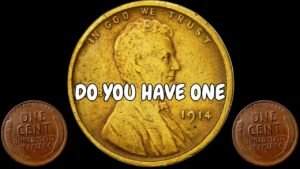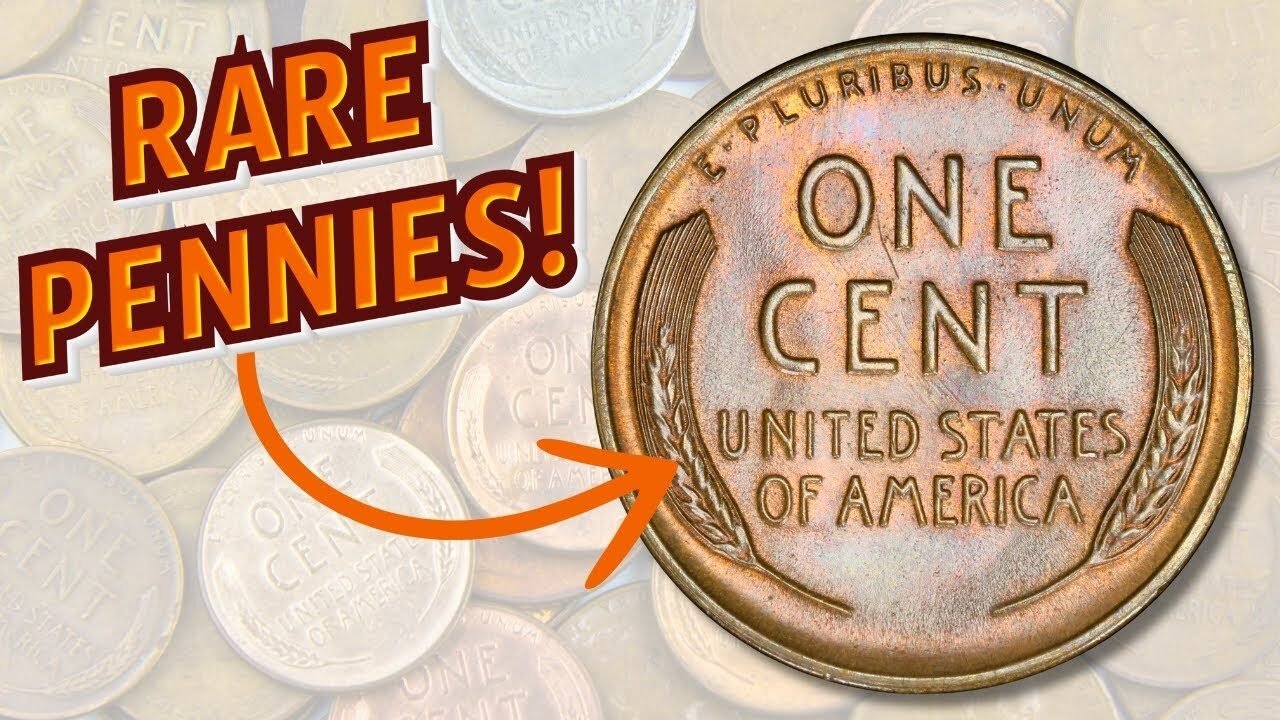The Lincoln Wheat Penny Valued The Lincoln Wheat Penny, often called the “Wheat Cent,” is one of the most iconic coins in American history. Struck from 1909 to 1958, it carries immense historical, cultural, and collectible significance. While millions were minted, not every Lincoln Wheat Penny is equal in value. Some are worth just a few cents, while others can fetch thousands of dollars at auctions. Understanding the history, variations, and key dates of these coins is crucial for collectors and enthusiasts who want to know their true worth.
Origins of the Lincoln Wheat Penny
The Lincoln Cent was first introduced in 1909 to commemorate the 100th birthday of President Abraham Lincoln. It was the first U.S. coin to feature a real person’s portrait, breaking away from classical designs of Liberty heads. Victor David Brenner, a Lithuanian-born sculptor, designed the coin, and his initials “V.D.B.” appeared prominently on the reverse of some of the earliest issues.
The coin’s reverse displayed two wheat stalks, giving it the nickname “Wheat Penny.” This design remained until 1958, after which it was replaced by the Lincoln Memorial reverse in 1959.
Basic Value of Lincoln Wheat Pennies
Most common Lincoln Wheat Pennies are worth between 3 to 10 cents in circulated condition. However, coins in uncirculated or mint condition can easily be valued at $1 or more depending on their grade. Collectors often look for coins with minimal wear, original luster, and sharp details.
The coin’s value is influenced by three main factors:
-
Date and Mint Mark – Certain years and mint marks are rarer.
-
Condition (Grade) – Coins in better condition are more desirable.
-
Errors and Varieties – Misprints or unique variations increase value dramatically.
Key Dates and Valuable Wheat Pennies
While billions of Wheat Pennies were minted, some specific years and mint marks are extremely valuable:
-
1909-S VDB: The most famous Wheat Penny, struck in San Francisco with designer Brenner’s initials. Only 484,000 were minted, making it highly sought after. Values can reach thousands of dollars depending on condition.
-
1914-D: A rare Denver mint issue, with only about 1.2 million produced. High-grade examples can command several thousand dollars.
-
1922 No D: Due to a minting error at the Denver Mint, some 1922 cents lack a mint mark. This variety is one of the most prized among collectors.
-
1931-S: Though not as scarce as the 1909-S VDB, this penny had a very low mintage of 866,000. Uncirculated versions are especially valuable.
-
1943 Steel Cent: During World War II, copper was needed for ammunition, so pennies were made from zinc-coated steel. Some copper planchets slipped through the presses, creating the rare 1943 copper cent, worth tens of thousands of dollars today.

Error Wheat Pennies
Collectors love error coins, and the Lincoln Wheat Penny has plenty of notable ones:
-
Double Die Obverse (1955): One of the most famous errors, with visible doubling of the date and lettering. Even circulated versions are worth hundreds of dollars.
-
1922 Weak D or No D: As mentioned earlier, some 1922 Denver coins were struck without a visible mint mark.
-
Off-Center Strikes: Some coins were struck off-center, creating highly collectible varieties.
These errors can elevate a coin’s value far beyond its face value.
Grading the Lincoln Wheat Penny
The condition of a coin, known as its grade, has a major impact on its value. Collectors and grading services use a 70-point scale (the Sheldon Scale) to classify coins:
-
Good (G-4): Heavy wear, with details barely visible.
-
Fine (F-12): Moderate wear, but lettering and design elements are still clear.
-
Extremely Fine (EF-40): Light wear on high points, much detail remains.
-
Mint State (MS-60 to MS-70): No wear, full luster, looks as if it just left the mint.
High-grade Wheat Pennies, especially from rare years, can multiply in value dramatically.
Collecting Lincoln Wheat Pennies
Many collectors begin their numismatic journey with Wheat Pennies because they are relatively affordable, historically rich, and widely available. A common way to start is by assembling a full set from 1909 to 1958. While most dates are inexpensive, the key rarities (like the 1909-S VDB and 1914-D) make completing a set a true challenge.
Collectors often use coin albums or folders that have slots for each date and mint mark.The Lincoln Wheat Penny Valued This not only helps organize the collection but also adds the excitement of searching for missing pieces.
Investment Potential
While not every Wheat Penny is a fortune-maker, the series as a whole has proven to be a solid collectible. Rare dates, mint errors, and high-grade examples continue to increase in value over time.The Lincoln Wheat Penny Valued The historical significance of the Lincoln Wheat Penny ensures ongoing demand among collectors, which supports its long-term investment appeal.
Conclusion
The Lincoln Wheat Penny is more than just an old coin; it’s a piece of American history that connects collectors to a bygone era. Its value depends on rarity, condition, and variety, with some coins worth mere cents and others commanding thousands of dollars.The Lincoln Wheat Penny Valued Whether you are a beginner starting a collection or a seasoned numismatist hunting rare varieties, the Lincoln Wheat Penny remains one of the most fascinating and rewarding coins to pursue.
From the iconic 1909-S VDB to the legendary 1943 copper cent, these little copper treasures prove that even the smallest pieces of change can hold great value.
Friends, I hope you liked the information given by us again. If you liked the post, then please allow Like Share, Comment and Notification.
Thank you…
